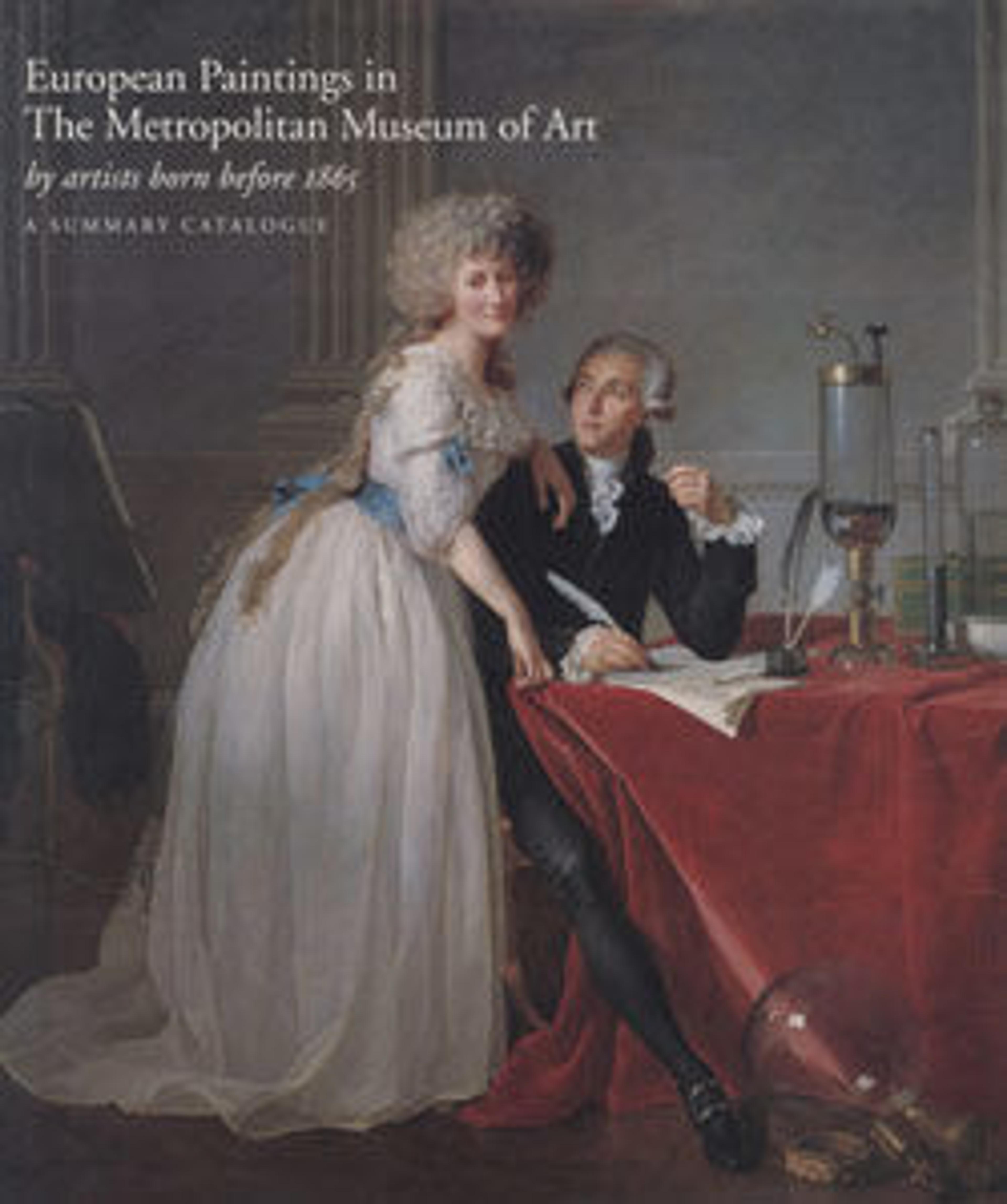Penelope
This painting and its pendant, Phryne (location unknown), were an immediate success at the Salon of 1868. They are typical of the scenes of fashionable life in Paris that Marchal painted in the decade prior to his suicide.
Penelope is not represented as the legendary wife of Odysseus but as a contemporary woman, dutifully engaged in needlework as she dreams about her husband, portrayed in the miniature before her. By contrast, Phryne was intended as an analogy to the classical Athenian courtesan of the same name. Marchal depicted her in an evening dress, glancing provocatively into her mirror as she completes her toilette.
Penelope is not represented as the legendary wife of Odysseus but as a contemporary woman, dutifully engaged in needlework as she dreams about her husband, portrayed in the miniature before her. By contrast, Phryne was intended as an analogy to the classical Athenian courtesan of the same name. Marchal depicted her in an evening dress, glancing provocatively into her mirror as she completes her toilette.
Artwork Details
- Title:Penelope
- Artist:Charles-François Marchal (French, Paris 1825–1877 Paris)
- Date:ca. 1868
- Medium:Oil on canvas
- Dimensions:43 1/2 x 19 1/2 in. (110.5 x 49.5 cm)
- Classification:Paintings
- Credit Line:Gift of Mrs. Adolph Obrig, in memory of her husband, 1917
- Object Number:17.138.2
- Curatorial Department: European Paintings
More Artwork
Research Resources
The Met provides unparalleled resources for research and welcomes an international community of students and scholars. The Met's Open Access API is where creators and researchers can connect to the The Met collection. Open Access data and public domain images are available for unrestricted commercial and noncommercial use without permission or fee.
To request images under copyright and other restrictions, please use this Image Request form.
Feedback
We continue to research and examine historical and cultural context for objects in The Met collection. If you have comments or questions about this object record, please contact us using the form below. The Museum looks forward to receiving your comments.
